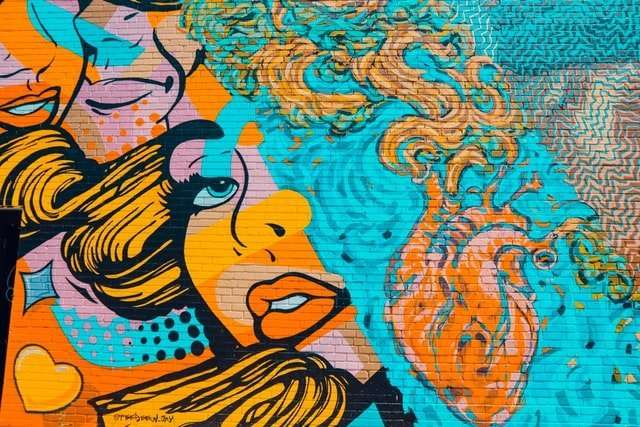How modern art is changing?
Modern Art is the art that arose from the 19th century, and continues to change in the 21st century. It is a broad term that encompasses many movements, styles and innovations in fine art. Modern Art encompasses Post-Impressionism, Fauvism, Cubism, Dadaism, Futurism, Constructivism, Surrealism and other contemporary movements.
There are three principles of Modern Art:
1. To diverge from classical conventions.
2. To be original.
3. To express oneself freely through the use of form, color, texture and space.
Art is a form of communication, and so it is not surprising that much has been written on the topic. However, the majority of these writings are theoretical in nature and do not provide an easy way to approach the art itself.
This paper aims to provide an overview of modern art and its history. It will be composed mostly of definitions and historical data and will attempt to avoid theoretical discussions as much as possible while providing pertinent information that will allow one to understand modern art. It is my hope that this information will help you approach modern art with more confidence, knowledge and appreciation.
Modern art is a broad term for all the visual art produced during the 20th century, beginning with the first works created in the aftermath of the First World War. Modern art includes movements like cubism and expressionism, which developed from about 1900 to 1910, and many other groups and individual artists who were active in the years between. It also includes art created after World War II through 2000.
But modern art didn’t have a single “look.” Instead, it encompassed many different styles and movements that changed over time. Some of these movements were abstract, while others were based on realistic or representational images. Some used traditional painting methods while others involved new technologies.
Iconic Works of Modern Art
In addition to showing an overall change in style over time, modern art is also characterized by a few specific works that have become famous in their own right. Some of these are:
– “The Starry Night,” by Vincent Van Gogh
– “The Persistence of Memory,” by Salvador Dali
– “Guernica,” by Pablo Picasso
– “Flag,” by Jasper Johns
– “Informe Uno (A Lot to Drink…),” by Agnes Martin
– “The Treachery of Images,” by Rene
In the modern world, art is everywhere. It can be found in museums and galleries, but also in advertisements and even on television. However, Modern art is very different from Classic art. One of the differences is that Modern art is more controversial than classic art and it often makes a bigger statement.
Another difference between them is that modern art uses techniques that are more advanced than those used in classic art. Modern artists mix different styles of painting together to create new effects, while classic artists prefer to stick with one style.
Modernism was inspired by several factors, including the development of a capitalist society and the effects of World War II in Europe. Modernism has had an enormous influence both on Western culture and on Eastern cultures as well because it influenced many movements of 20th century as well as contemporary art movements.
The global spread of modernism across the planet has been due to many factors, including World War II, which led to a large number of refugees who were forced to leave their countries during the war or afterwards. The cultural shock experienced by these people when they reached their host countries was reflected in their artistic production, which led to radical forms of abstraction or deconstruction (which means “to take apart”).
The modern art movement of the early 20th century gave birth to many new ideas and styles. The movement’s radicals rejected tradition; they wanted to make art that was different from what had come before, and they wanted to make art for a different type of person. They wanted to change the world with their art.
The modern artists were not the first artists to try such things. But other historical attempts at radical innovation had failed. What was it about the modernists that gave them such success? Why do we still remember the Impressionists and Cubists, but few people today have heard of William Etty or James Barry?
The modernists succeeded in large part because they were willing to take risks. Many of their risks failed, but more than enough worked out well enough to keep them going. They made a lot of mistakes and tried many dead ends. But they kept trying new things until they found something that worked; then they kept working until they developed it into a style that would endure. They were willing to experiment and be wrong, always moving forward in the hope of eventually finding a right direction.

